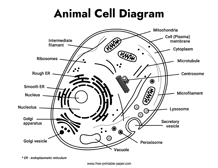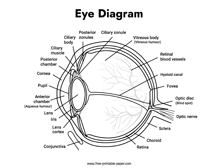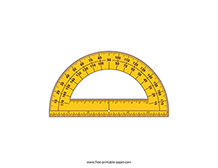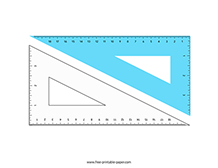Biology Diagrams
Biology diagrams are a crucial tool for visualizing complex concepts in biology, making it easier for students to understand and retain information.
Heart Diagrams
Heart diagrams are an essential tool for understanding the intricate structure and function of the human heart. A diagram can provide a visual representation of the heart’s chambers, valves, and blood vessels thus allowing students to gain a deeper understanding for the complex processes that occur within this vital organ.
Plant Diagrams
Plant diagrams are a visual representation of the different parts of a plant, including the roots, stem, leaves, flowers and even it’s cells. It can be used to help students understand the structure and function of plants, as well as how they grow and develop.
Animal Cell Diagrams
This set of animal cell diagrams can provide a comprehensive and visually engaging resource for students learning about animal cells in biology class. Some diagrams may or may not include labels and annotations to help students identify and understand the different parts of an animal cell.
Brain Diagrams
These brain diagrams made for students are designed to be simple, easy to understand, and visually appealing. Almost all diagrams are accompanied by simple explanations of how different parts of the brain function and interact with each other.
Eye Diagrams
Eye diagrams allow for adaptability in teaching methods and assessment strategies. With or without labels, by using an eye diagram, instructors can adjust their approaches to meet the needs of different learners or accommodate diverse learning styles within a single classroom setting. This flexibility enables more effective instruction tailored to individual students’ requirements.
Respiratory System Diagrams
Respiratory system diagrams are an invaluable resource for anyone seeking to learn more about this complex biological system or conduct research related to it. For example, high school biology students may use the diagrams to gain a better understanding of how the respiratory system works, while college-level anatomy students could use them as a reference when studying for exams or conducting research projects.
Ear Diagrams
Ear diagrams are a useful resource for educators who want to teach students about human anatomy, including the structure and function of the ears. The more detailed and accurate illustration of the human ear is, whether with labels or without, the better results when trying to understand the ear’s anatomy.
Neuron Diagrams
Neuron diagrams are illustrations, that may or may not include labeled components, which provide a detailed view of the structure and function of neurons allowing students to understand the basic building blocks of the nervous system, their different parts and how they work together to transmit information.
Nephron Diagrams
Schematic diagrams of the nephron can help identiffy the relevant circulation, and the four methods of altering the filtrate that undergo in a kidney.




















